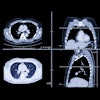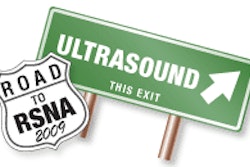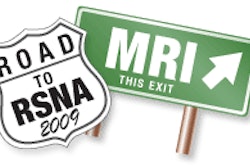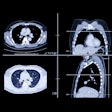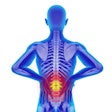Tuesday, December 1 | 3:50 p.m.- 4:00 p.m. | SSJ11-06 | Room S102D
If it works, don't fix it: The BI-RADS concept used in mammography translates to other areas of oncology imaging, particularly neck CT, and just may improve radiology reporting in this area, according to researchers from the University of Washington Medical Center in Seattle.Dr. Farrah Jabeen and Dr. Yoshimi Anzai and colleagues applied a neuroimaging reporting and data system (NI-RADS) to head and neck cancer to determine whether the framework would be feasible in another context, as well as to stimulate discussion about what the elements of a quality radiology report should be.
"The concept of BI-RADS applied to mammography is quite appealing, as it is a standardized report format that has a direct link to a follow-up recommendation and appropriate suggestions for patient management," Anzai told AuntMinnie.com. "We wanted to test whether the BI-RADS concept could be applied to radiology studies outside of breast imaging."
The study included 40 consecutive neck CTs conducted for patients with neck masses; two head and neck radiologists reviewed the images separately and without final pathology results and coded each as normal, definitely benign, probably benign, reasonable probability of malignancy, or highly suspicious of malignancy.
Once confirmed by the pathology reports for each exam, the sensitivity, specificity, and accuracy of the first reader were 100%, 65.7%, and 70%, respectively; for the second reader, the values were 100%, 60%, and 65%, respectively.
Using a reporting and data system made for more specific reports, Anzai said.
"What surprised us was that application of NI-RADS forces us to make a commitment as to how likely the findings are suspicious for malignancy," she said. "Instead of just describing a 1.5-cm lymph node in neck, we had to provide a NI-RADS code to indicate the degree of malignant potential and make a recommendation if fine-needle aspiration is indicated."
Application of NI-RADS into radiology reports potentially allows radiologists to demonstrate measurable impact of radiological examinations to patient care, according to Anzai.
"[The reporting system] clarifies the level of suspicion for the presence of disease on the imaging study, and serves as a robust tool for quality assurance," she said. "By enforcing use of NI-RADS for certain clinical questions -- ideally dichotomous decisions, such as cancer or not cancer, recurrent or not recurrent, stroke or not stroke -- we are able to measure diagnostic performance for each reader."




